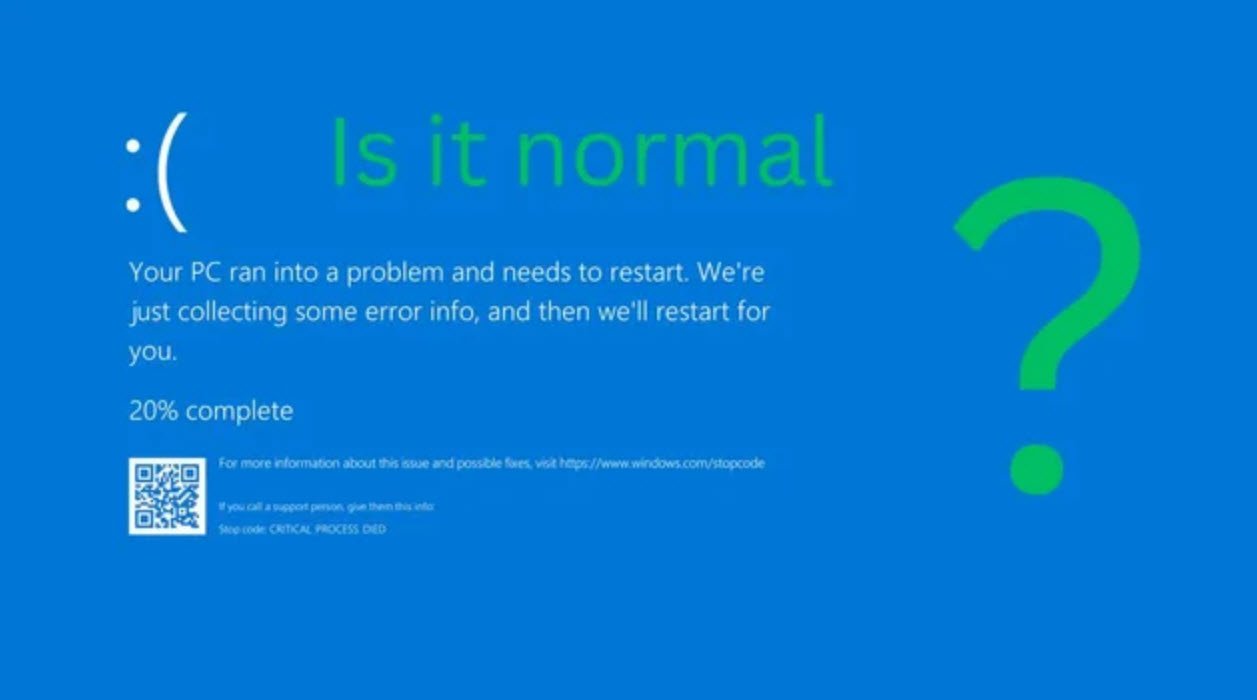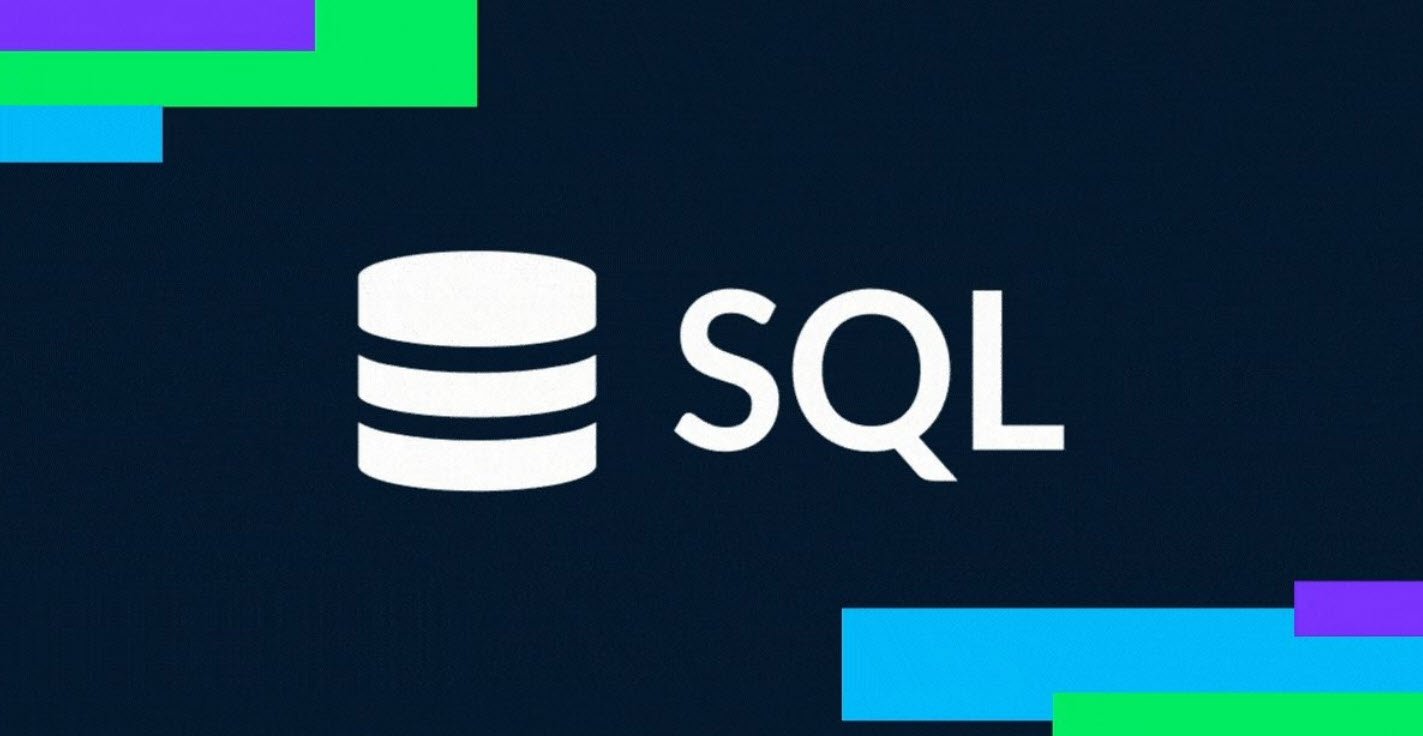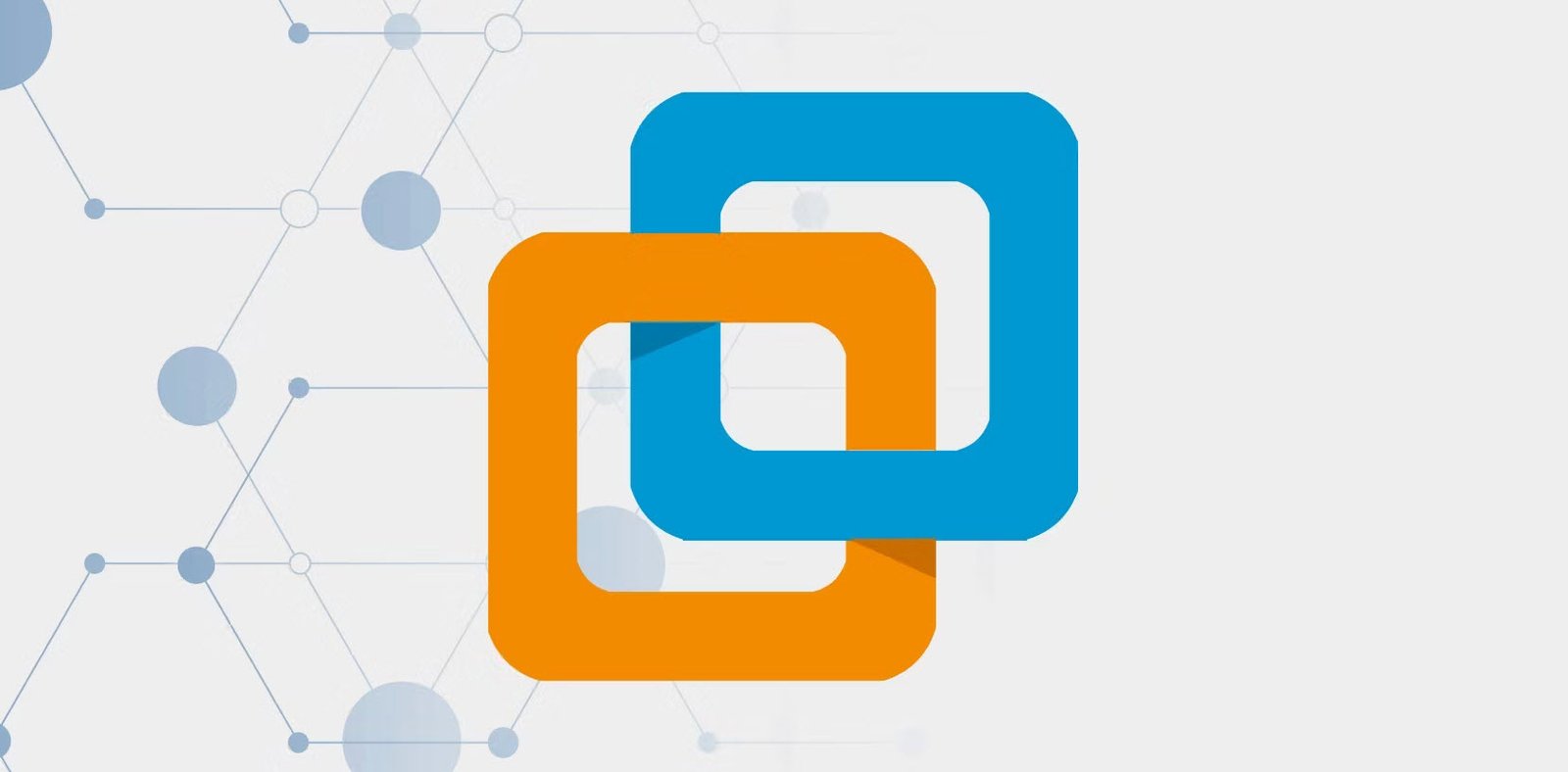
In the intricate and ever-expanding realm of cyberspace, a new frontier of ethical considerations has emerged, giving rise to the discipline of cyberethics. This discipline serves as the moral compass guiding our interactions with computers, networks, and the vast digital landscape.
In this article, we will explore the multifaceted dimensions of cyberethics, exploring its impact on individuals, society, responsible online behavior, and the ethics that permeate the online environment.
1. The Essence of Cyberethics
At its core, cyberethics is the study and application of ethical principles in the context of computers and networks. It seeks to unravel the complex web of moral dilemmas that arise from the fusion of technology and human interaction.
As our lives become increasingly intertwined with digital systems, the need to establish ethical norms that govern our actions in cyberspace becomes crucial. Cyberethics lays the groundwork for shaping how we interact with technology responsibly and conscientiously.
2. A Holistic Approach to User Behavior and Programming
Cyberethics goes beyond the mere exploration of computer programs and delves into the realm of user behavior. It acknowledges that ethical considerations encompass not only the intentions behind computer code but also the implications of its execution.
This dimension recognizes that the actions of both humans and machines within the digital landscape have ethical implications. From the algorithms that shape our online experiences to the choices we make while navigating the virtual realm, cyberethics aims to align both user behavior and programming with ethical standards.
3. The Ripple Effect on Individuals and Society
The decisions we make in cyberspace have far-reaching consequences that extend beyond the digital realm. Cyberethics acknowledges that individual actions within the virtual world can impact the fabric of society. From the spread of misinformation to the erosion of personal privacy, the choices we make online can reverberate through our communities and institutions.
This insight underscores the importance of fostering a culture of responsible and ethical behavior in cyberspace.
4. Fostering Responsible Online Behaviors
Central to the tenets of cyberethics is the promotion of responsible behaviors in the online sphere. Just as we uphold ethical standards in our physical interactions, cyberethics calls for the same level of consideration and accountability in our digital interactions.
This includes respecting the privacy of others, refraining from cyberbullying or harassment, and conducting oneself with honesty and integrity. By adhering to these principles, individuals contribute to a more positive and harmonious online environment.
5. Ethics in the Online Environment
The online environment is not exempt from ethical considerations. Cyberethics explores the unique challenges posed by the digital realm, from issues of data privacy and security breaches to the ethical implications of artificial intelligence and automation.
As technology continues to advance, cyberethics acts as a guiding force in ensuring that our digital innovations align with moral principles and safeguard the rights and dignity of individuals.
In conclusion, cyberethics serves as a guiding light in the vast landscape of cyberspace, offering principles that inform our actions, decisions, and interactions within the digital realm. It underscores the inseparable connection between human behavior, technology, and ethics, urging us to consider the implications of our digital choices on both individuals and society.
As we traverse this ever-evolving frontier, the principles of cyberethics remain instrumental in preserving the values that define us as responsible and ethical digital citizens.
You may also like:- How To Fix the Crowdstrike/BSOD Issue in Microsoft Windows
- MICROSOFT is Down Worldwide – Read Full Story
- Windows Showing Blue Screen Of Death Error? Here’s How You Can Fix It
- A Guide to SQL Operations: Selecting, Inserting, Updating, Deleting, Grouping, Ordering, Joining, and Using UNION
- Top 10 Most Common Software Vulnerabilities
- Essential Log Types for Effective SIEM Deployment
- How to Fix the VMware Workstation Error: “Unable to open kernel device ‘.\VMCIDev\VMX'”
- Top 3 Process Monitoring Tools for Malware Analysis
- CVE-2024-6387 – Critical OpenSSH Unauthenticated RCE Flaw ‘regreSSHion’ Exposes Millions of Linux Systems
- 22 Most Widely Used Testing Tools








